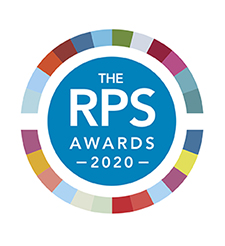Ancestral Faces Canary Islands
Discover the facial depictions of the ancient population of the Canary Islands
Face Lab has revealed the faces of the inhabitants of the Canary Islands before the Spanish conquest. This native population is thought to have arrived on the islands from North Africa, descendants of the Berber population, between the late first millennium BC and early first millennium AD. They remained isolated until 13-14th centuries when the first sailors rediscovered the archipelago, and in the 15th century the Spanish ended their conquest of the Canary Islands.
This era was the beginning of centuries where different populations merged and mixed with the surviving indigenous population. Nevertheless, DNA studies describing current populations of the Canary Islands have shown that 42% have mtDNa lineage of indigenous origin. Studies from LJMU reaffirm origins in North Africa but also provide evidence of medium skin tone, brown eyes and brown hair colour.
The first physical appearance of native Canarians was described by the 19th century chroniclers as tall and gigantic in appearances with gold hair. However, this study is the first realistic approximation of the faces of this population, to enable the current Canarian people to get an idea of what their predecessors looked like.
In Face Lab, the Director, Professor Caroline Wilkinson and Dr Maria Castaneyra-Ruiz, made 50 facial depictions of native Canarians: 20 women, 20 men and 10 children. The skulls date from 5th to 15th century AD and belong to the collection at the El Museo Canario, in Gran Canaria. The skulls were selected to capture the diversity and preservation of this collection. These facial depictions were part of the project known as The Quest for Ancestral Faces, created and produced by visual artist, Francesca Phillips.
The focus of the project is the identity of the people of the Canary Islands and the aim was twofold: to reveal the faces of the ancient, indigenous population from archaeological remains from across the eight islands and to understand the connection between them and the present population. An exhibition curated by Francesca Phillips with co-curation by Prof Caroline Wilkinson that took place at El Museo Canario in Las Palmas, Gran Canaria from 14 December 2018 - 31 March 2019. Find out more from the website.
This online exhibition presents over fifty facial reconstructions from indigenous remains, dating from the 6th century together with over fifty portraits of the contemporary population.
Dr Maria Castaneyra Ruiz has been awarded one of Fundation Canaria Dr Manuel Morales scholarships that allowed her to carry out this project. She has also been awarded The Selwyn Award for the creation of the craniofacial depictions presented on this website by The Royal Photographic Society.


